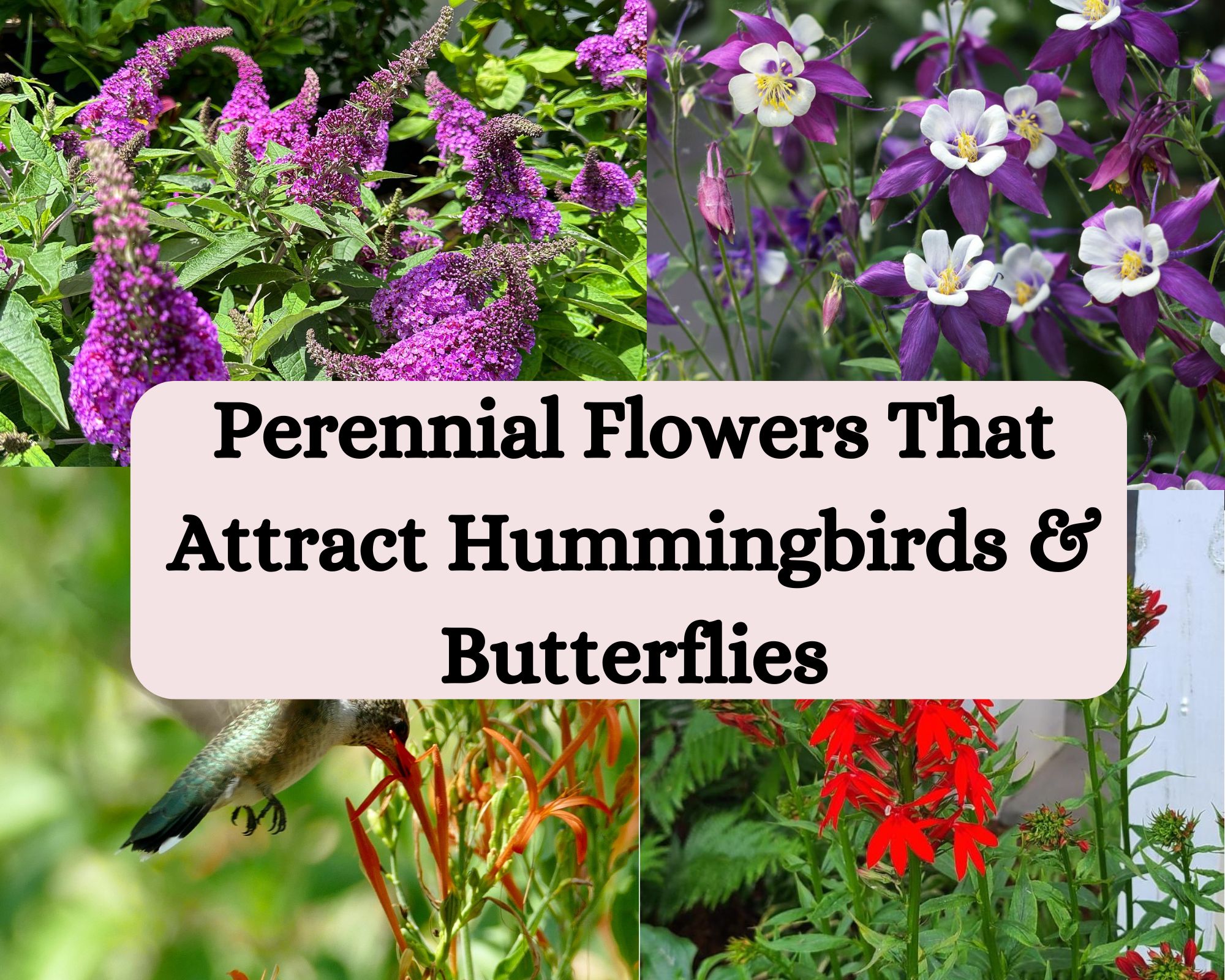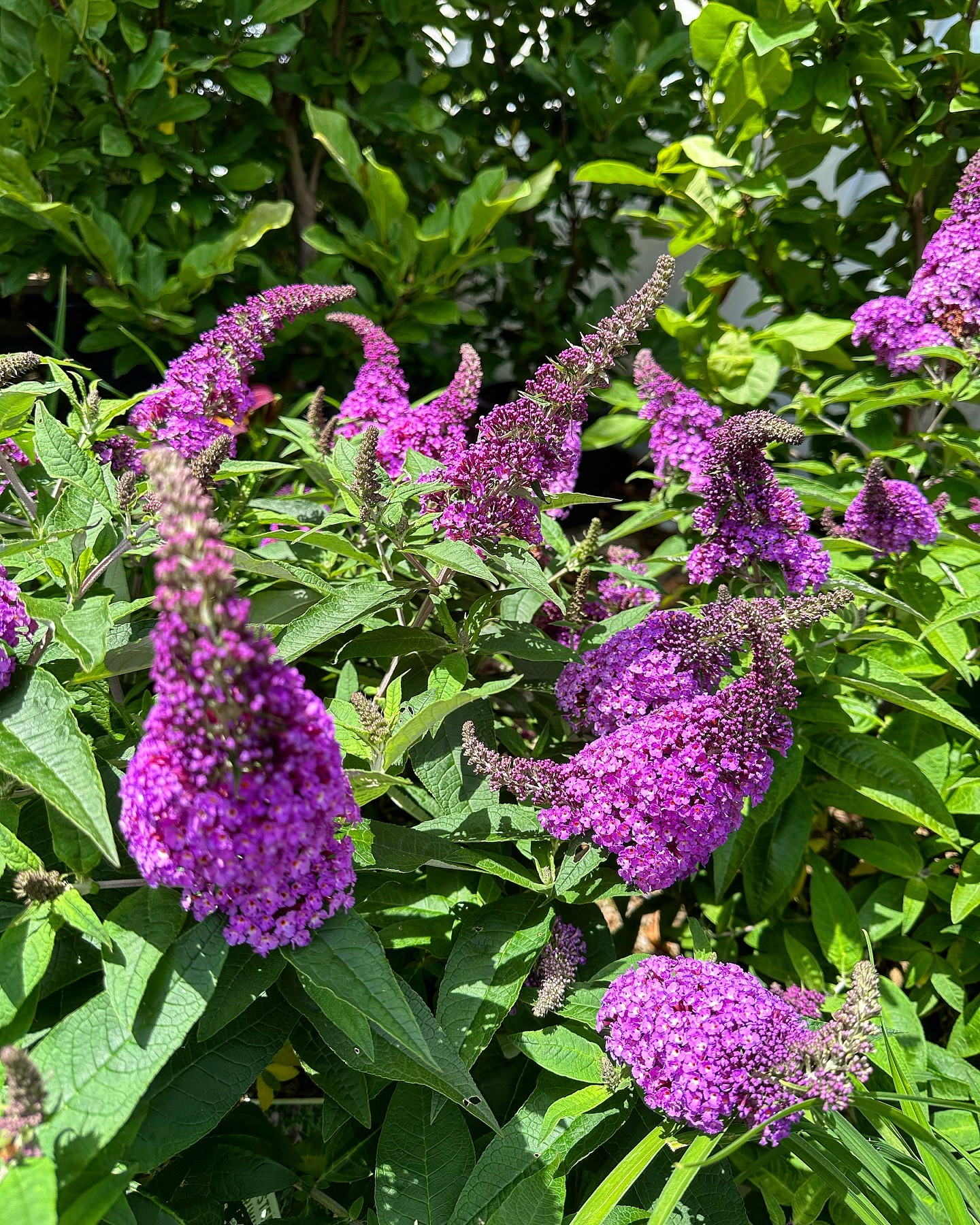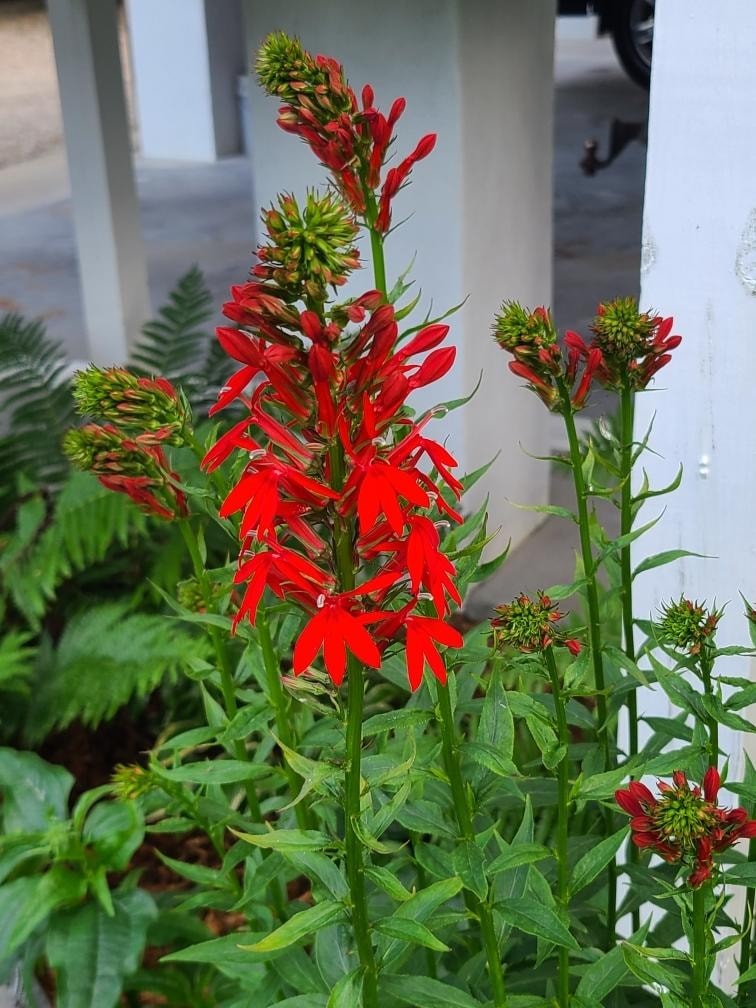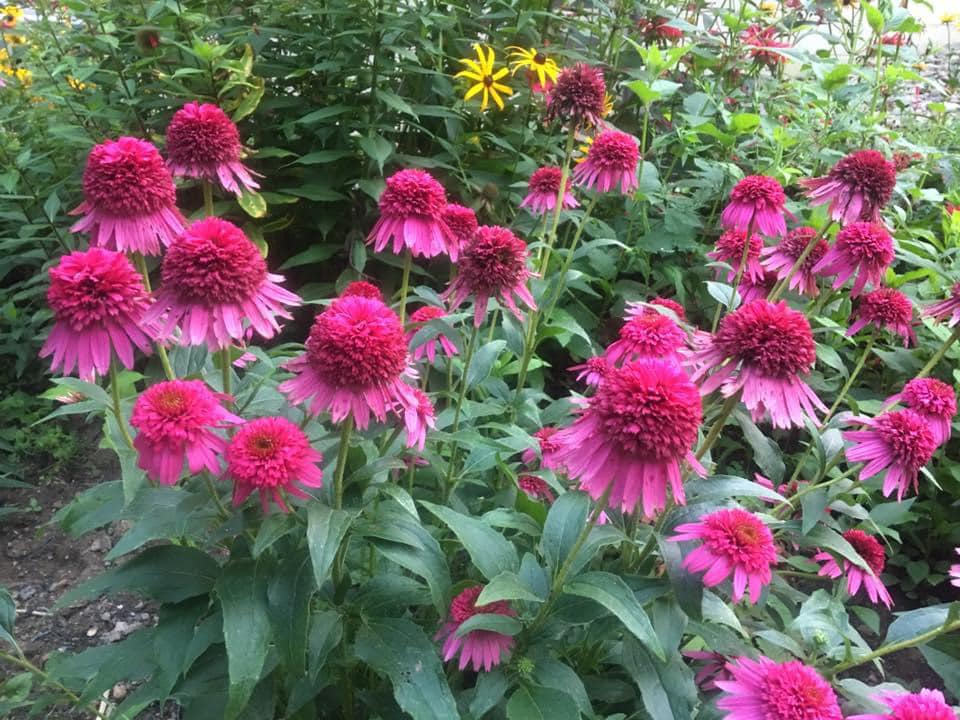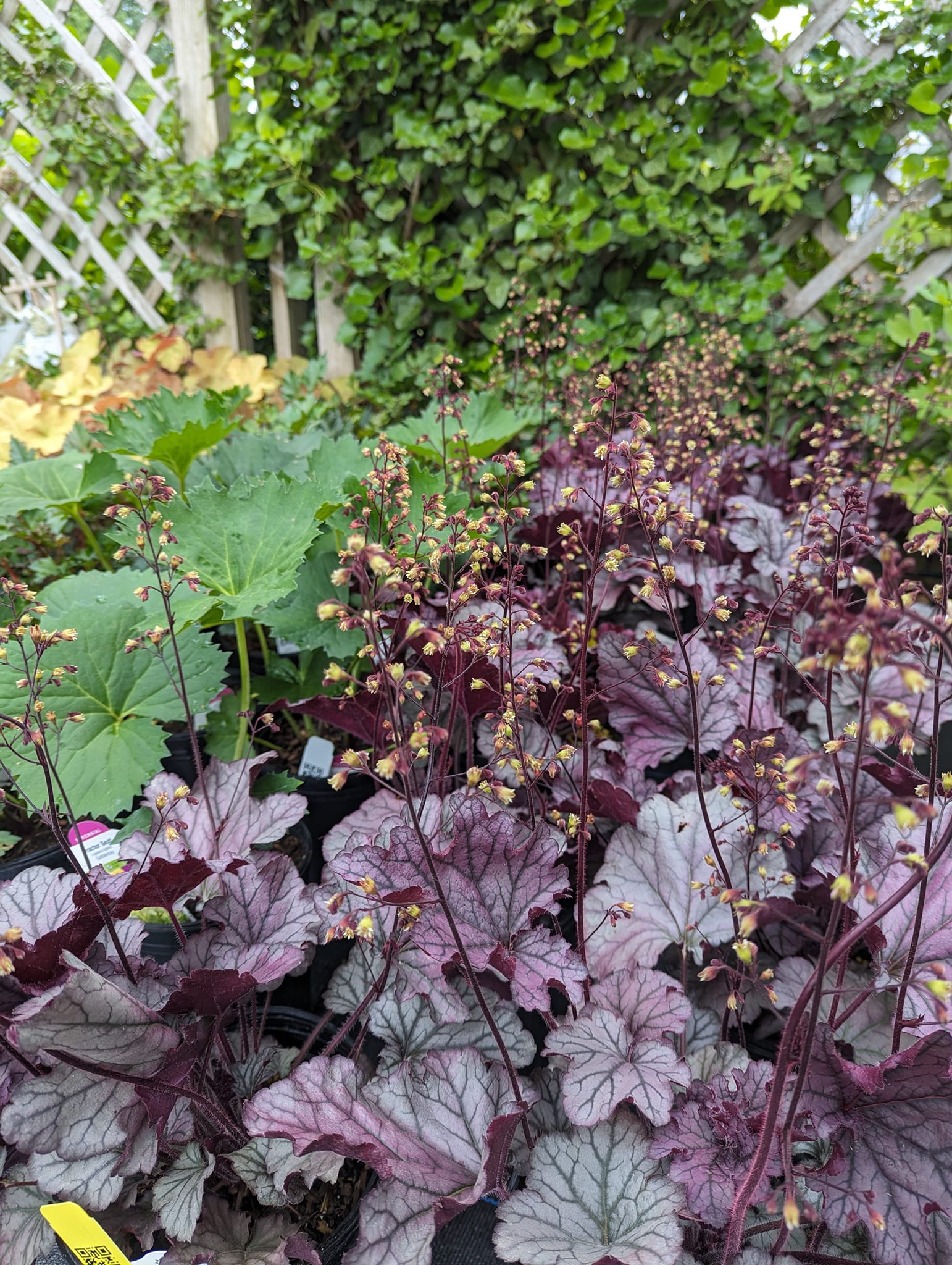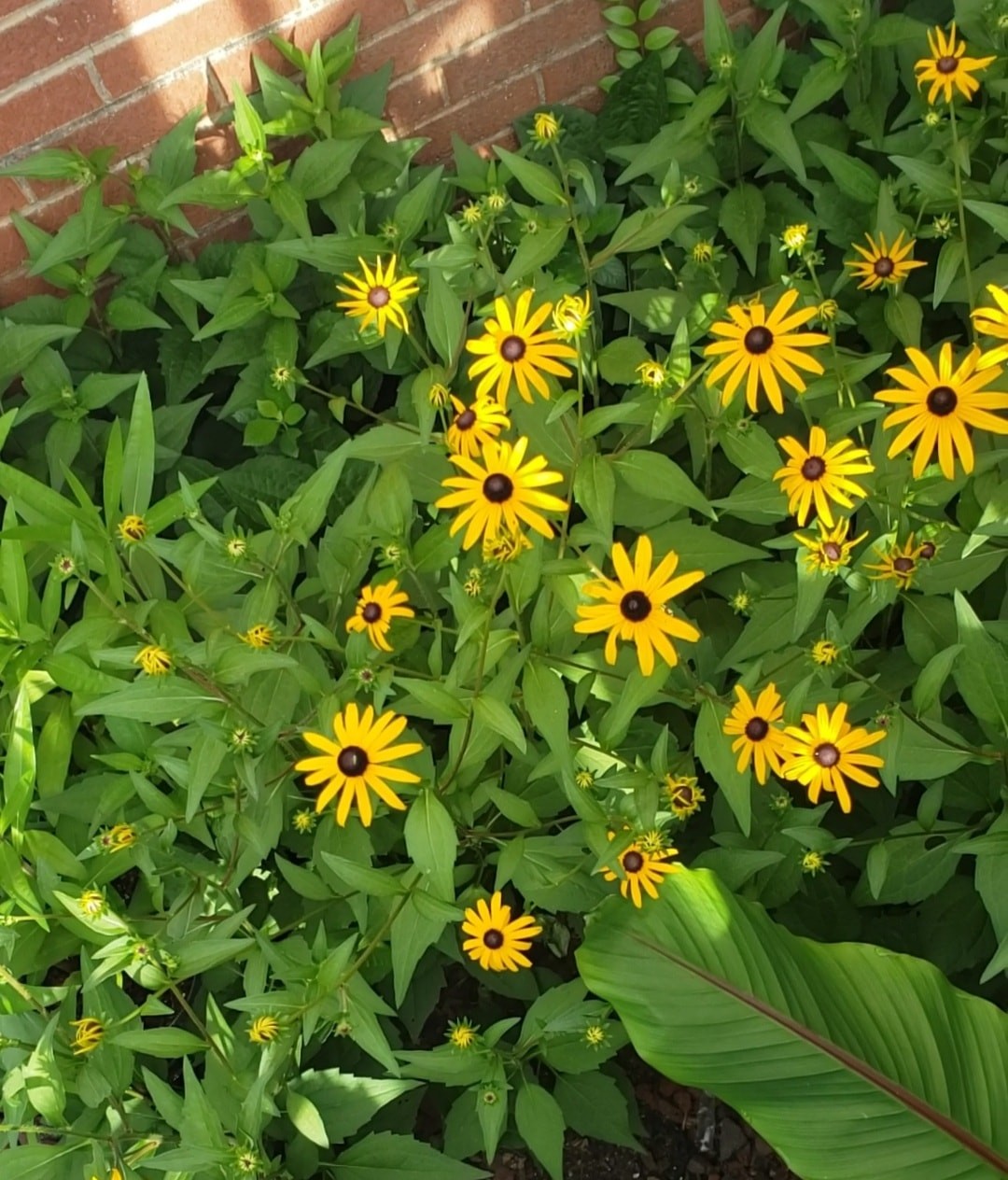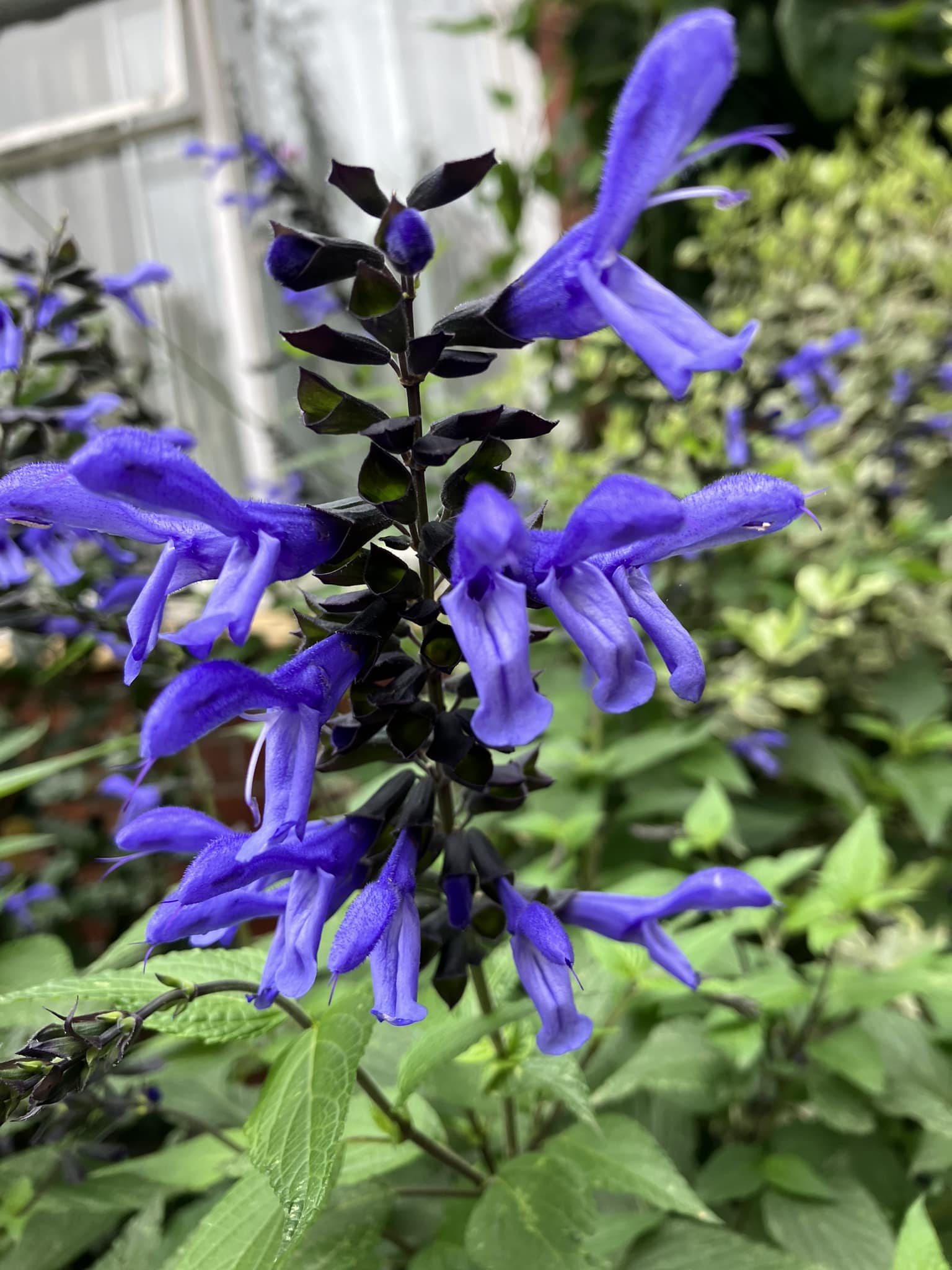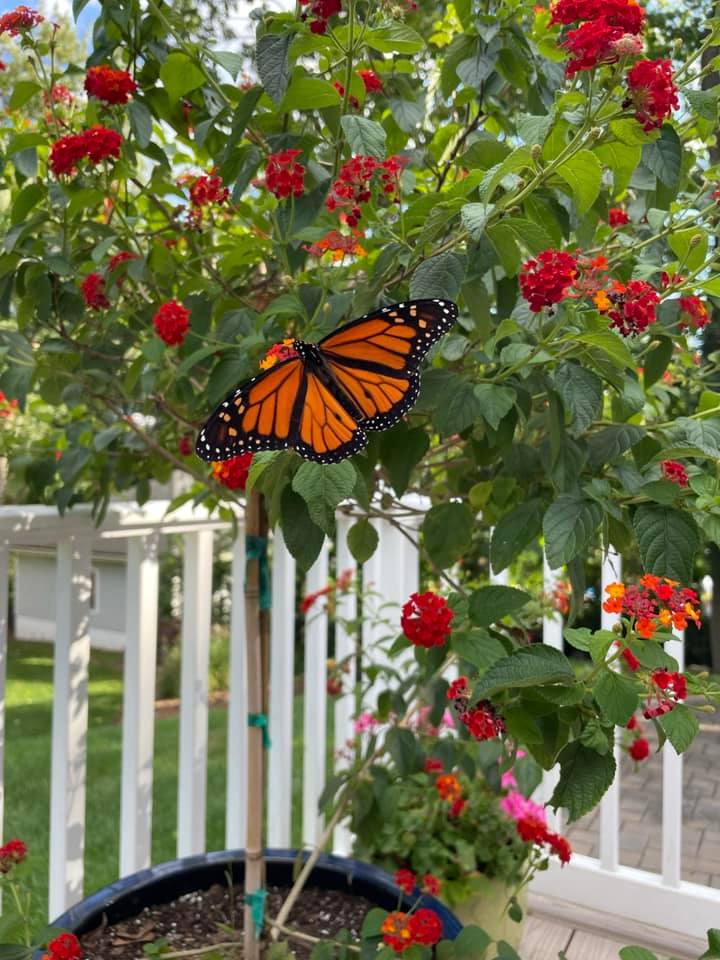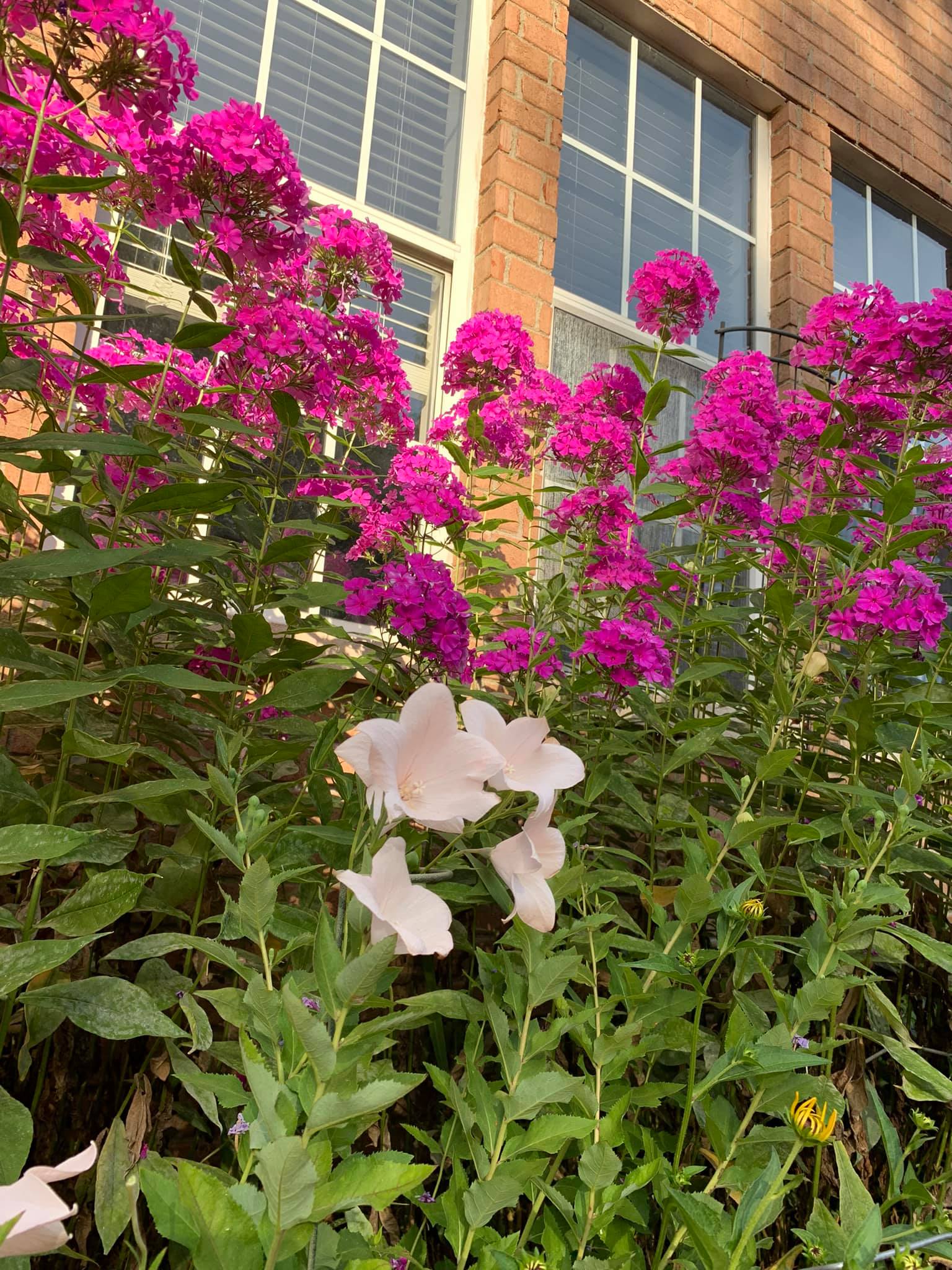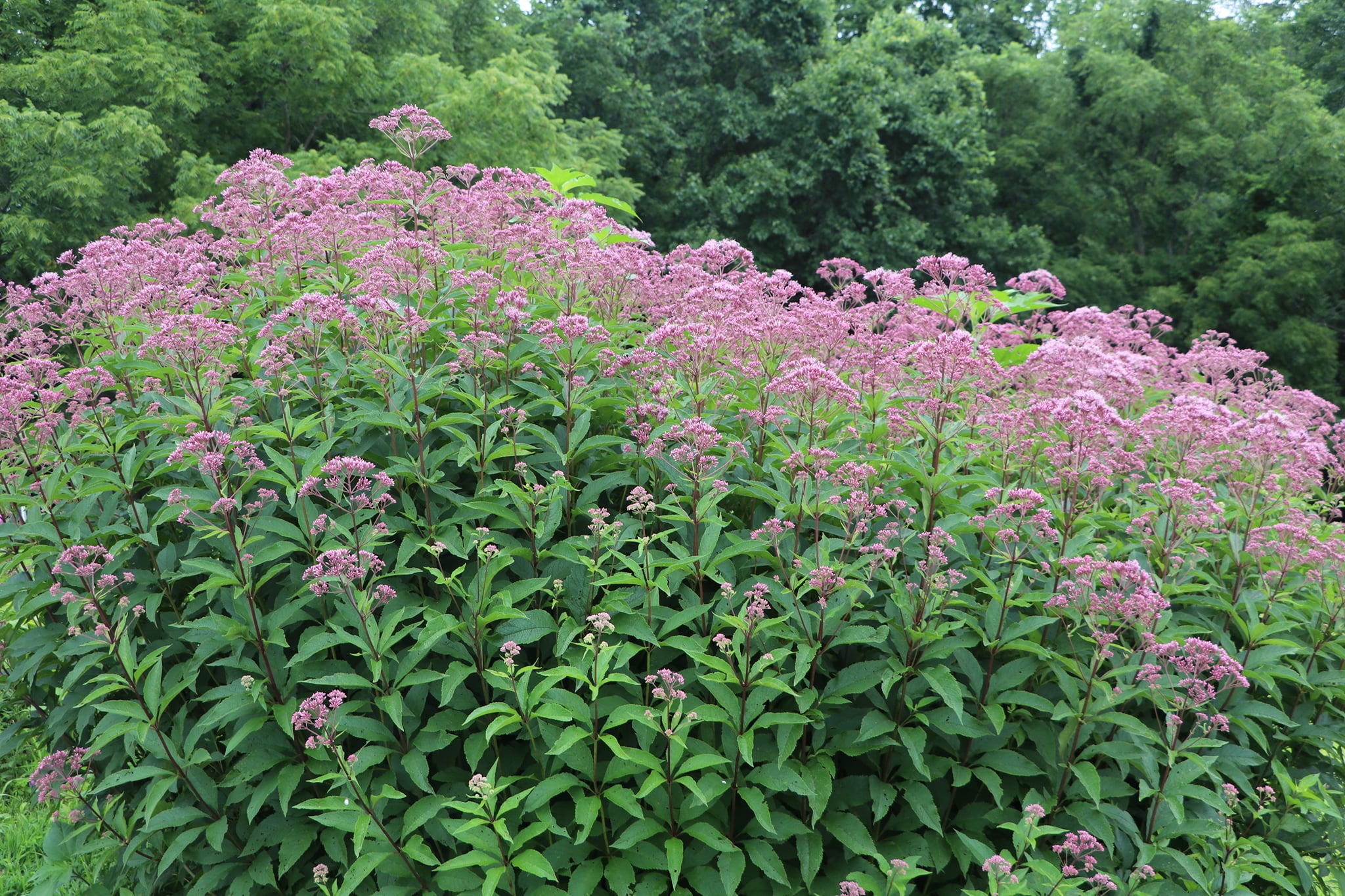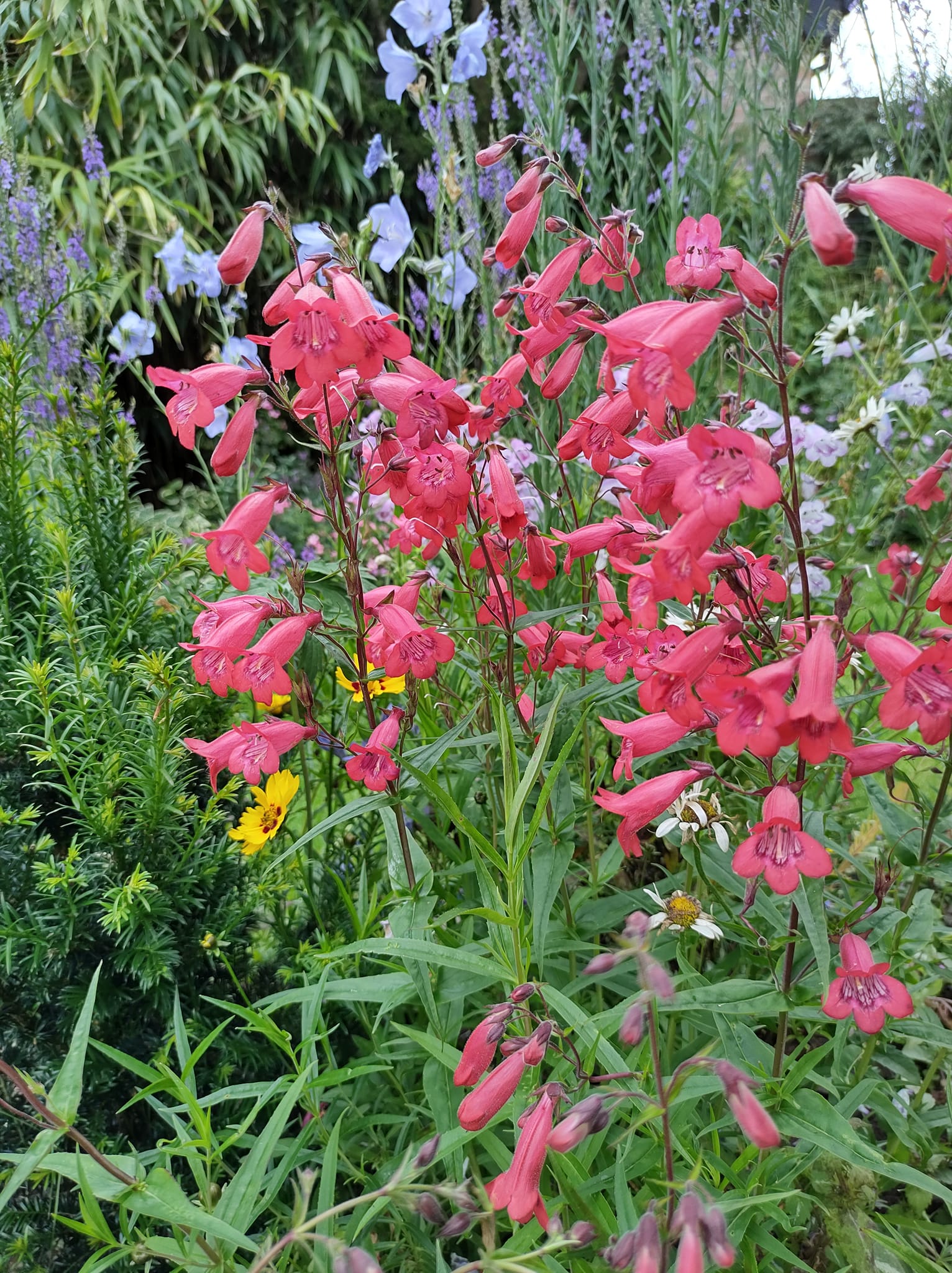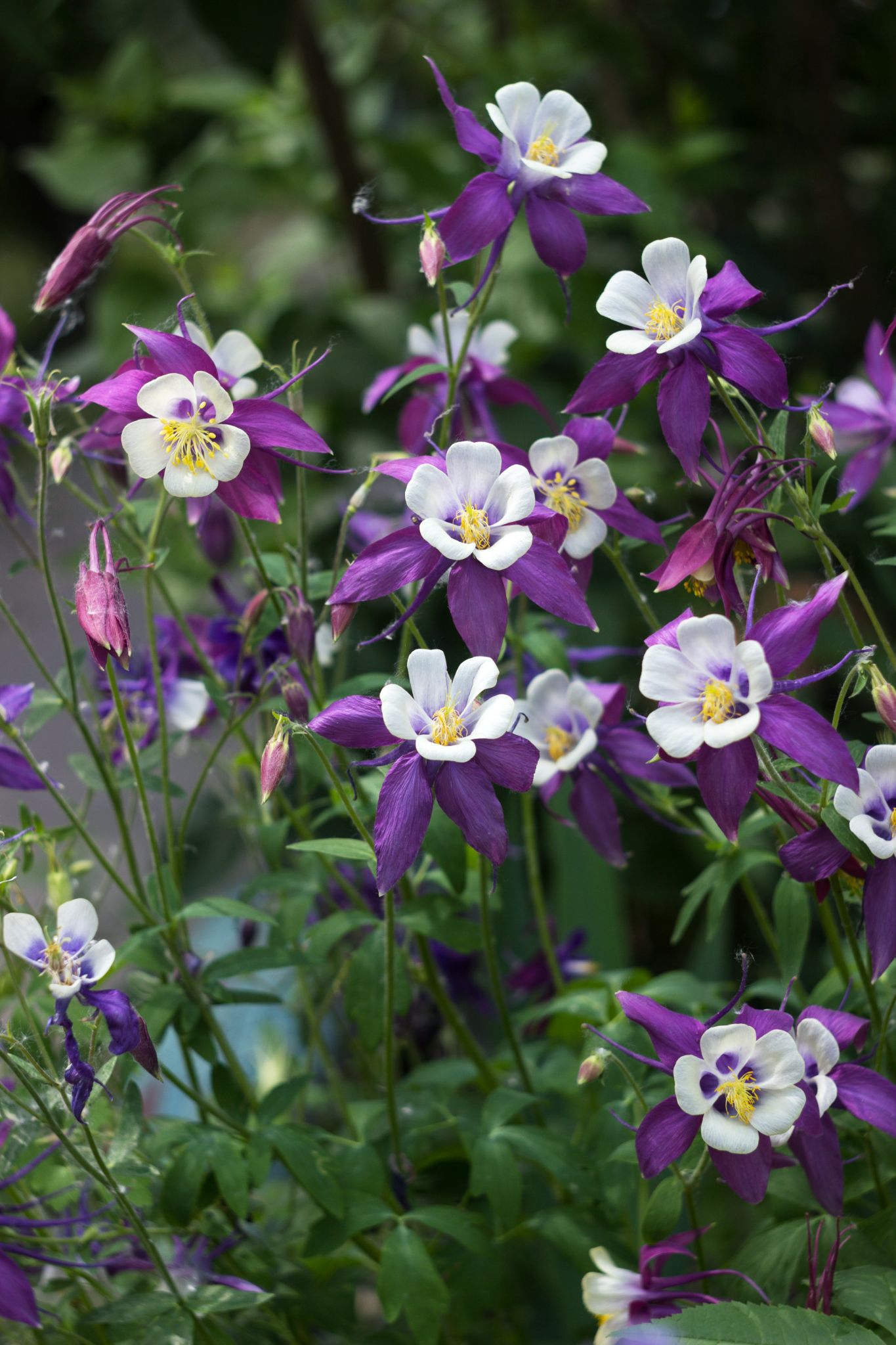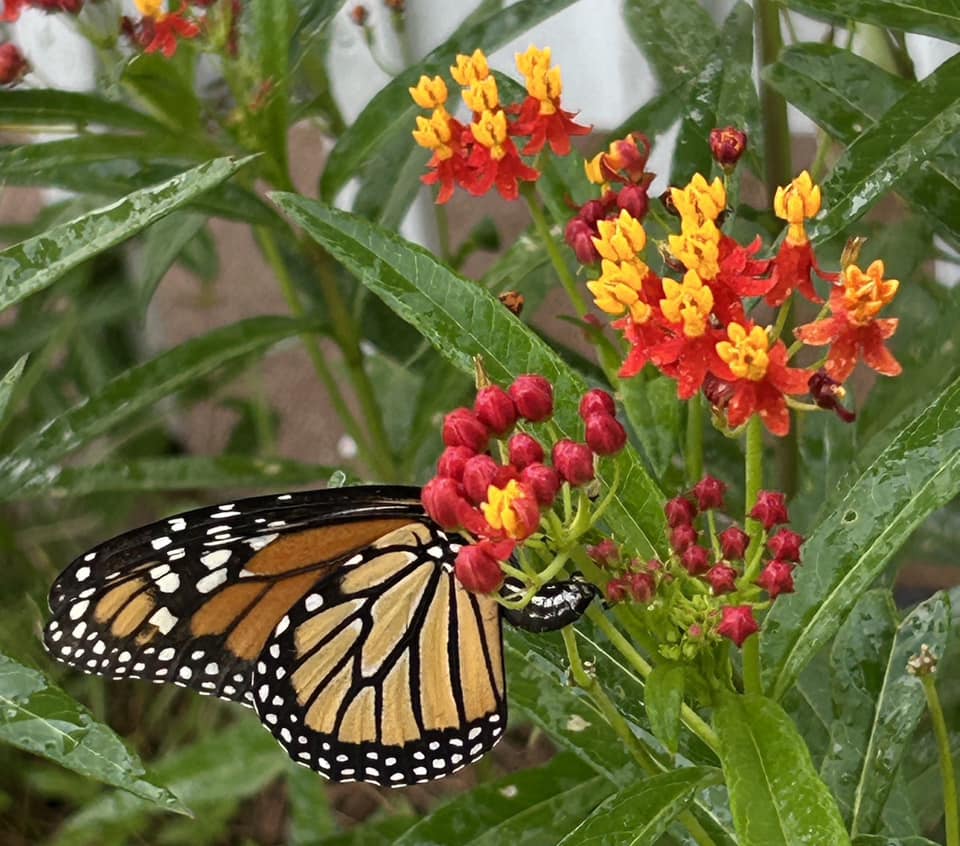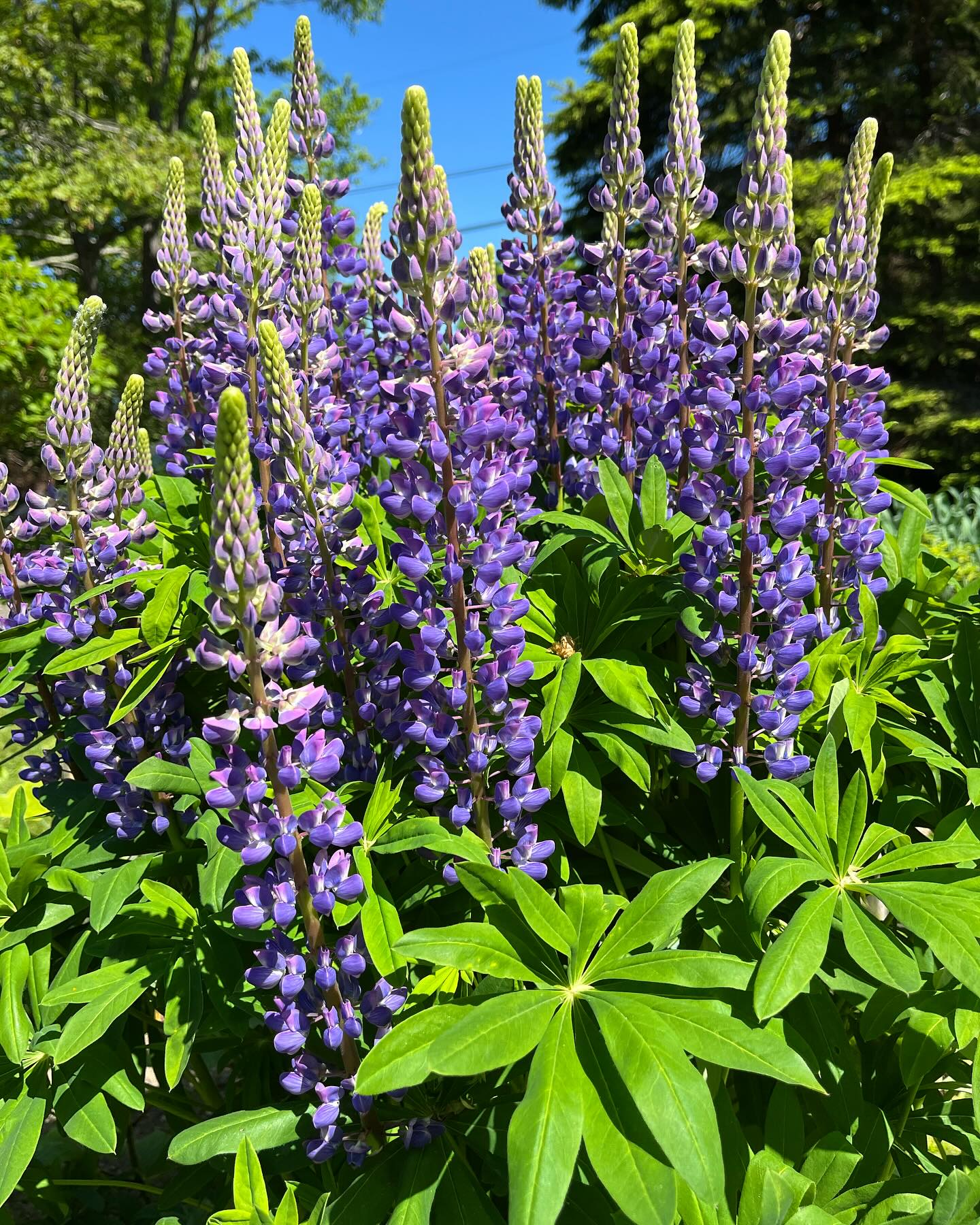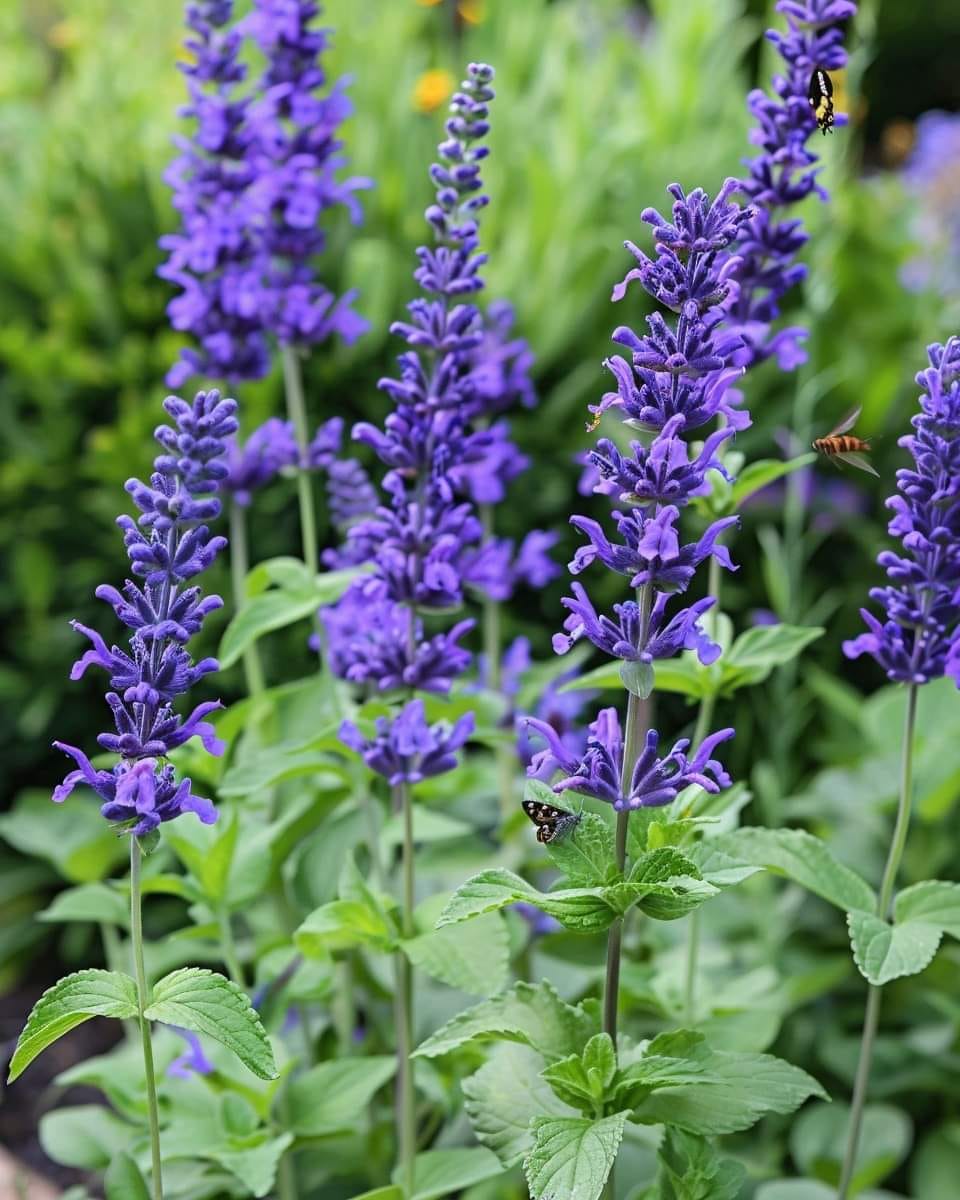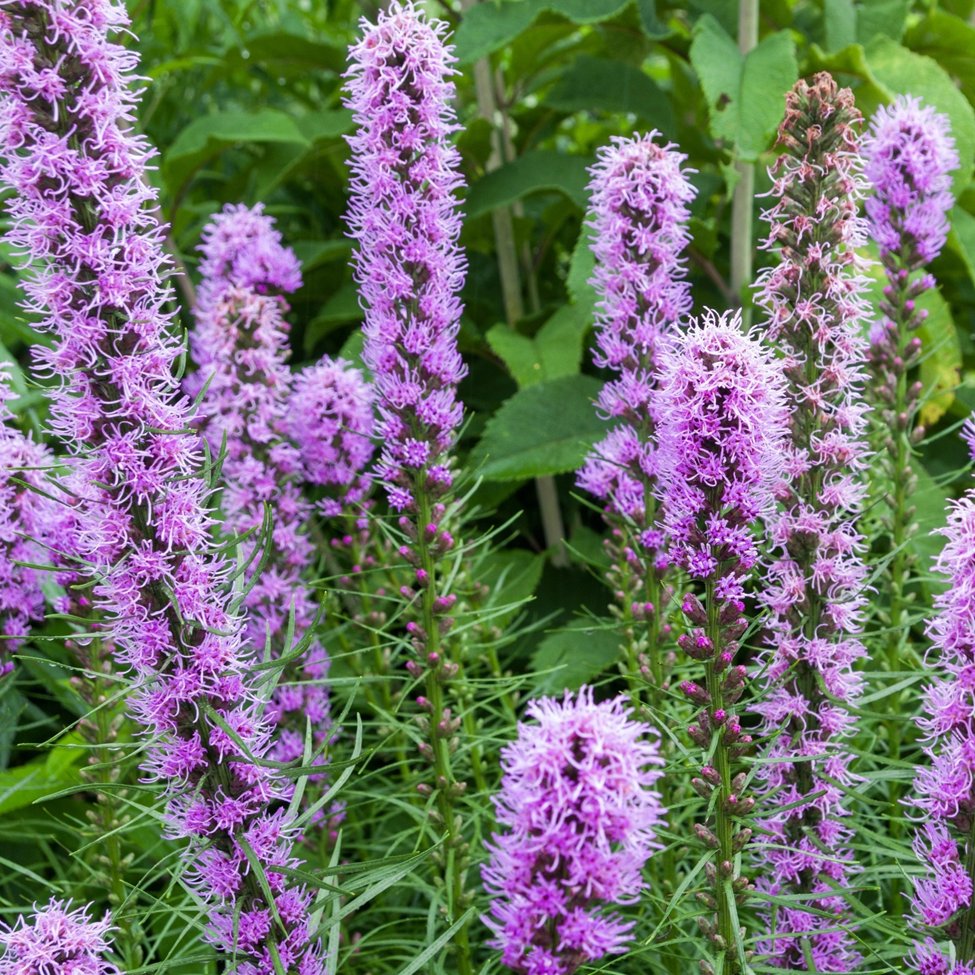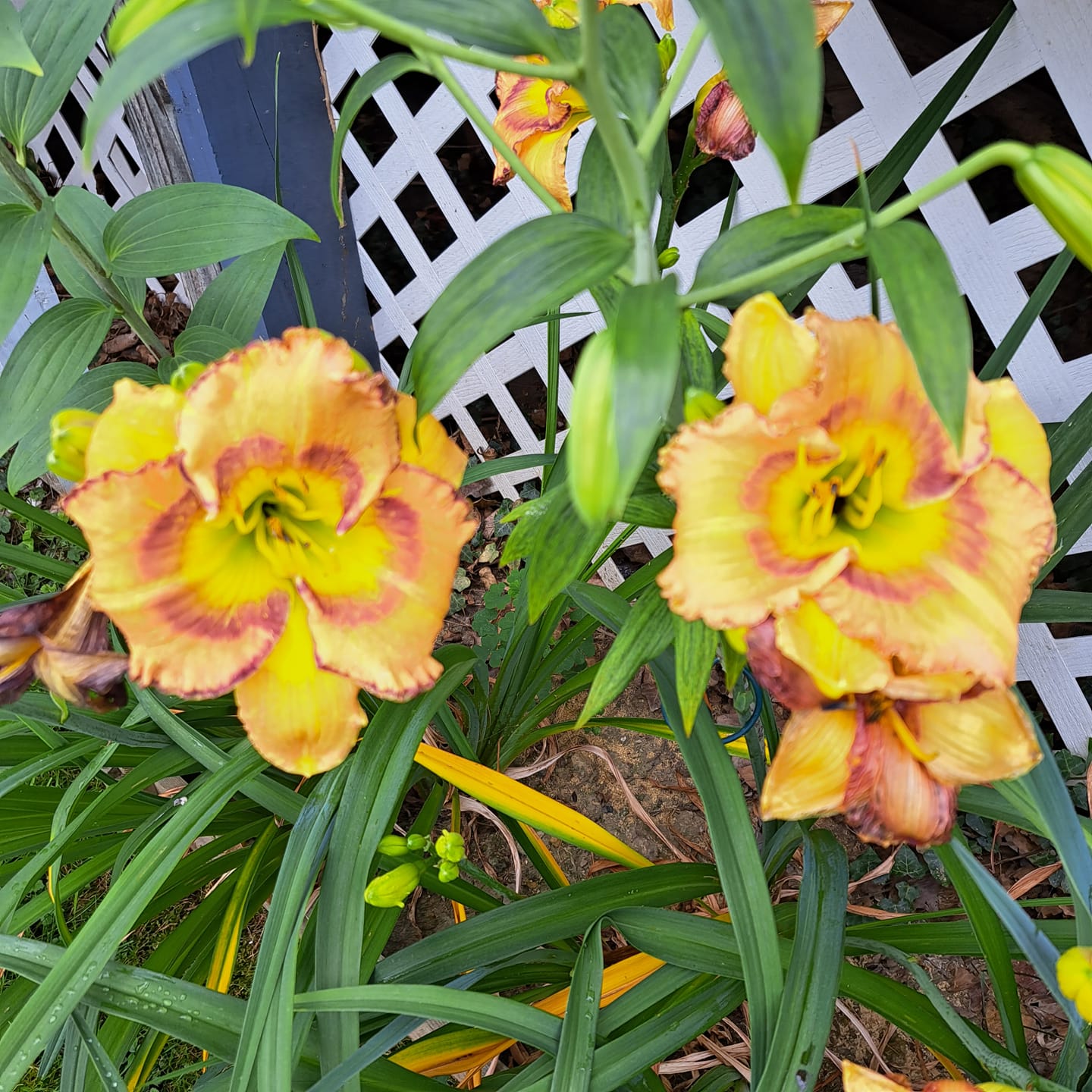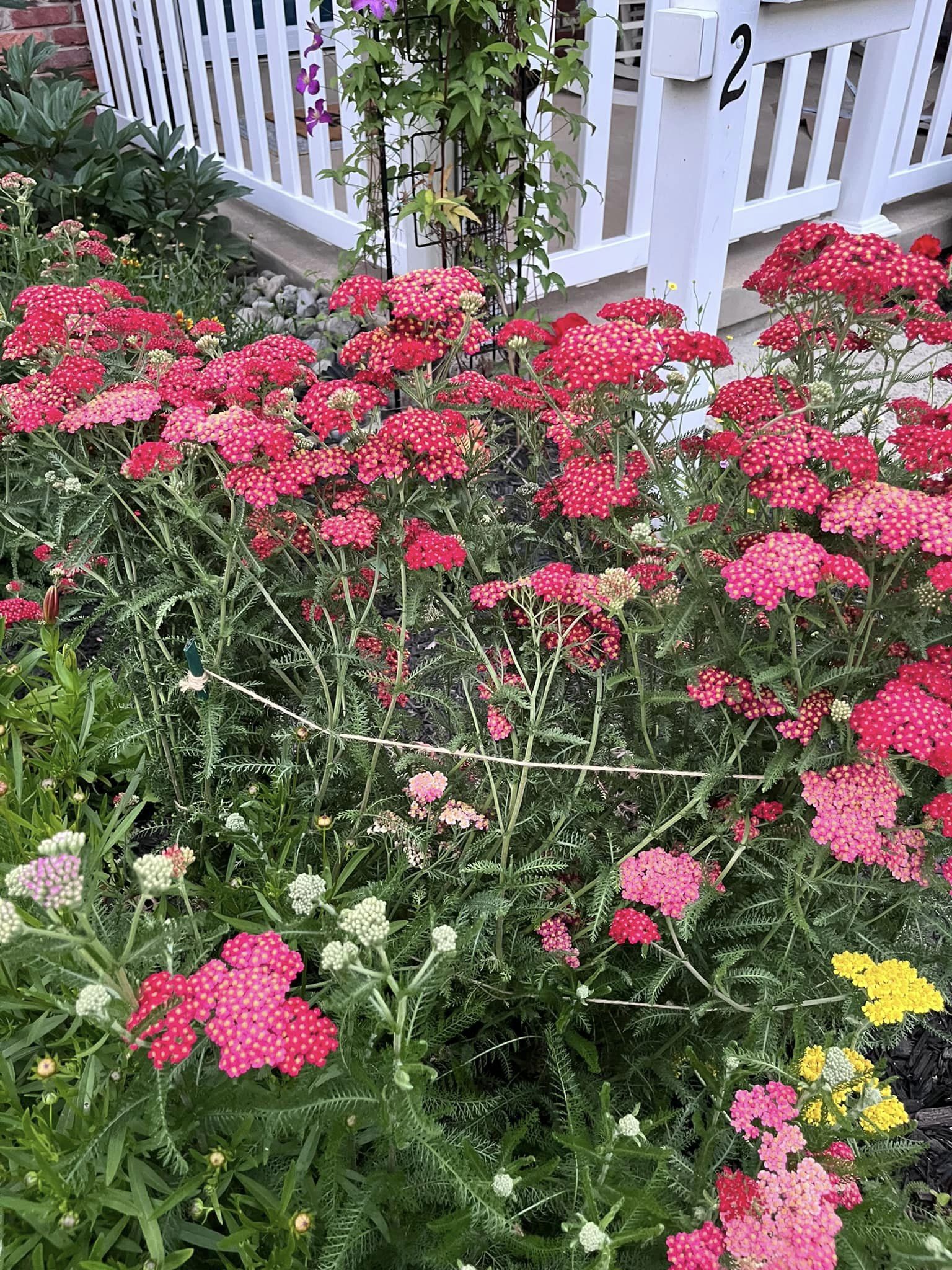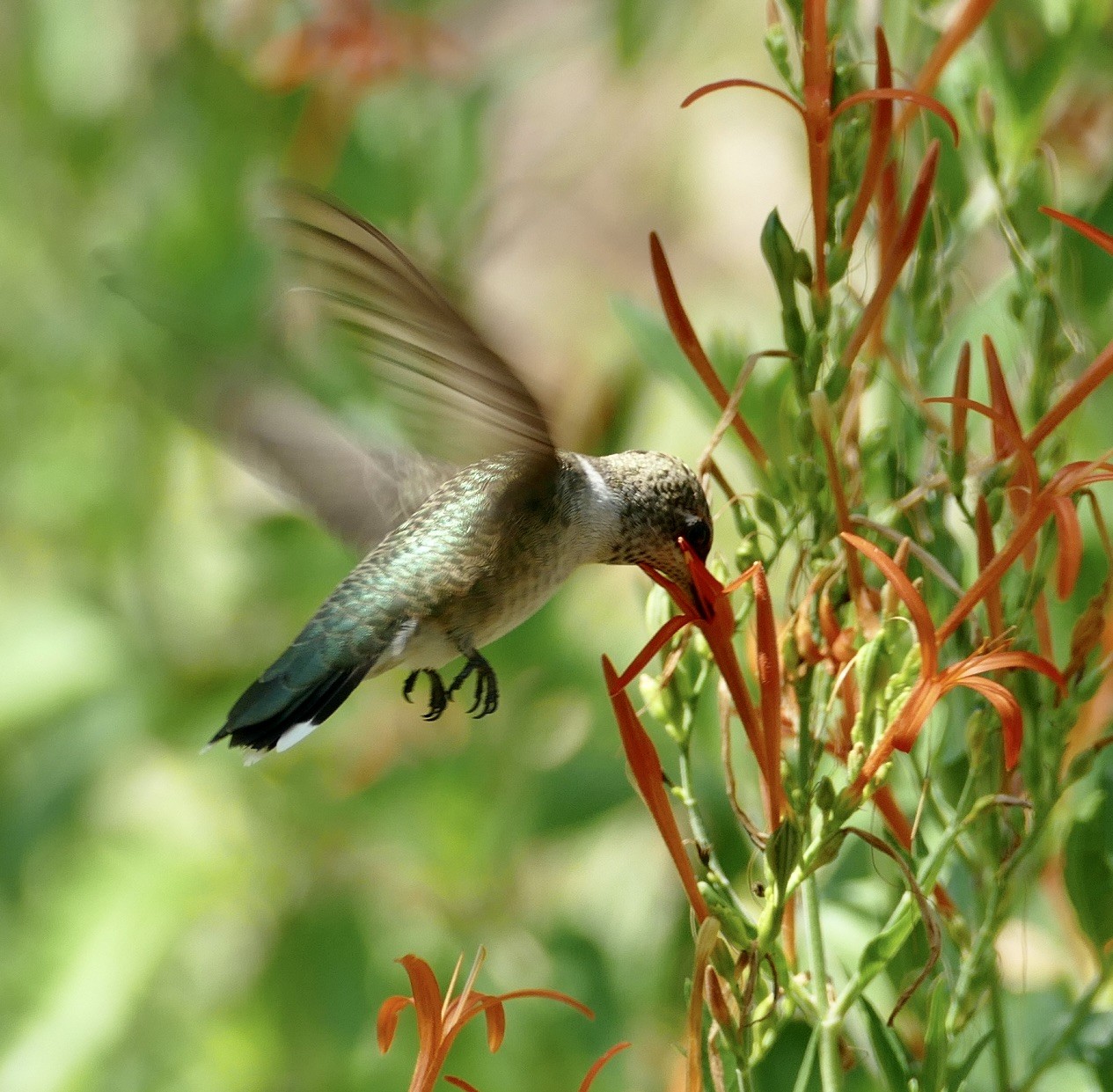Adorned with vibrant, iridescent colors, hummingbirds and butterflies are mesmerizing. Watching hummingbirds hover with remarkable precision as their wings beat so fast they appear as a blur or butterflies fluttering gently and unpredictably can spark happiness.
But to enjoy these beautiful creatures, you must first attract them to your home. You need the right flowers for these winged wonders to find your home attractive. Perennial flowers are prime choices for luring in butterflies and hummingbirds year after year.
In this post, you will find a variety of perennial flowers that attract hummingbirds and butterflies.
20 Perennial Flowers That Attract Hummingbirds and Butterflies
Here’s a list of perennial flowers that attracts hummingbirds and butterflies:
1. Butterfly Bush (Buddleja)
Any garden that aims to attract butterflies must have this perennial plant. Besides butterflies, hummingbirds also love it. It has long, arching panicles of fragrant flowers that are densely packed together.
The Flowers are in diverse colors, including purple, yellow, and pink. Butterfly bush flowers from summer to fall, and butterflies flock to its nectar-rich blooms. Grow it in full sun and water it moderately.
Hardiness zones: 5-10
Alternatively, for an effortless way to attract hummingbirds and butterflies, try the Eden Brothers All Perennial Wildflower Mix – packed with over 480,000 seeds, including favorites like Lupine and Shasta Daisy. This 1 lb mix is perfect for Zones 3–10 and blooms beautifully when planted in spring or fall.
Read More:
- Best Perennial Plants To Use For Borders
- How To Attract Hummingbirds To Your Yard
- Low-Maintenance Full Sun Perennials For Front Yard
2. Bee Balm (Monarda)
Gardeners aren’t the only ones who love this captivating perennial. Butterflies and hummingbirds are also drawn to its nectar-rich tubular flowers. Furthermore, as its name implies, bees adore Bee Balm.
Bee Balm thrives in consistently moist soil, so don’t let it dry completely. This perennial performs best in full sun but tolerates partial shade and blooms in mid-summer to early fall.
Hardiness zones: 3-9
3. Cardinal Flower (Lobelia cardinalis)
This striking perennial is particularly attractive to hummingbirds because of its bright red tubular flowers. But that’s not all; butterflies are also drawn to it. The cardinal flower is a superb nectar source and is thus perfect for a pollinator-friendly garden.
Cardinal flowers love moisture, so consider them for your rain garden or near a pond.
Hardiness zones: 3-9
4. Coneflower (Echinacea)
Attract butterflies, hummingbirds, and even bees with this iconic perennial. Coneflowers’ wide, flat petals provide a convenient landing platform for butterflies to access the nectar easily. On the other hand, while hummingbirds are mainly drawn to tubular flowers, they will occasionally stop at coneflowers because of their high nectar content.
Encourage robust blooming by growing coneflowers in full sunlight. Also, deadhead spent flowers to stimulate additional flowering.
Hardiness zones: 3-9
5. Coral Bells (Heuchera)
Coral bells stand out for both their flowers and foliage. They have green, purple, bronze, silver, or multicolored ruffled leaves and small, red, pink, white, or green bell-shaped flowers that are particularly attractive to hummingbirds and butterflies.
Besides the nectar, the shape of the flowers makes this perennial flower attractive to hummingbirds and butterflies. Divide coral bells every 3-4 years to rejuvenate growth and curb overcrowding.
Hardiness zones: 4-9
6. Black-Eyed Susan (Rudbeckia hirta)
Black-eyed susans are valuable foods to butterflies because their open, daisy-like flowers are incredibly easily accessible to butterflies. In addition, hummingbirds occasionally visit them.
This vibrant, cheerful perennial also brings a burst of color to gardens from mid-summer to fall thanks to its brightly colored flowers and dark green, rough-textured foliage. Black-eyed susans are a favorite for late-season colors due to their robust nature and prolonged blooming period.
Hardiness zones: 3-9
7. Salvia (Salvia spp.)
Known for their stunning, long-lasting blooms lasting from late spring to early fall, salvias provide a long-lasting nectar source. Salvia flowers are a favorite among butterflies because they are easily accessible and nectar-rich, and their bright colors act as beacons.
Hummingbirds gravitate towards red and orange Salvia varieties, though they will visit other colors as well. Also, the tubular flower shape is perfect for their long beaks.
Hardiness zones: 3-9
8. Lantana
Another hummingbird favorite perennial is the lantana. These birds are especially drawn to those in red and orange hues. Butterflies visit lantanas as well since the flat-topped clusters provide a perfect landing platform to access the nectar.
Consider lantanas when starting your landscape from scratch. Creatures love them, and you’ll get lots of vegetation at minimal cost. They bloom from late spring to frost.
Hardiness zones: 8-11
9. Phlox
The stunning large flower clusters of this fragrant perennial emerge in spring, summer, and even fall. The flowers are typically tubular with five petals, offering an easy landing platform for pollinators. Phlox flowers’ bright colors and sweet fragrances attract various butterfly species.
On the other hand, red and pink phlox are magnets for hummingbirds. Phlox is suitable for borders, ground cover, woodland gardens, and rock gardens.
Hardiness zones: 3-9
10. Joe-Pye Weed (Eutrochium purpureum)
This tall perennial comes alive in late summer to fall when it produces large, pink, mauve, or purple domed tiny, tubular flower clusters. It suits you if you want to add some drama to your garden owing to its tall stature.
Joe-Pye Weed is a butterfly magnet, drawing in particularly monarchs, swallowtails, and painted ladies. Additionally, hummingbirds are attracted to its tubular flowers.
Hardiness zones: 4-9
11. Penstemon (Penstemon spp.)
Also known as Beard Tongue, the penstemon features tubular flower clusters, which are particularly attractive to hummingbirds, often frequenting those in red and pink hues. These vibrant flowers also appeal to butterflies; the bright colors and the abundant nectar attract them.
These perennials are known for their hardiness. While some species can tolerate partial shade, full sun is best for robust flowering and healthy growth.
Hardiness zones: 3-9
12. Columbine (Aquilegia)
Columbine’s nectar-filled spurs attract hummingbirds and butterflies to your garden in late spring to early summer. The distinctive perennial produces intricate, nodding flowers with backward-pointing spurs on slender, wiry stems above soft, bluish-green leaves.
Butterflies, especially those with longer proboscises, will easily access the nectar from the long flower spurs. The tubular flower shape is also perfect for hummingbirds’ long beaks.
Hardiness zones: 3-9
13. Milkweed (Asclepias spp.)
This perennial is the sole host plant where monarch butterflies lay their eggs, and their larvae feed exclusively on Milkweed leaves. Besides Monarch butterflies, this plant’s nectar-rich flowers attract many other butterfly species.
Red or orange milkweed flowers also attract hummingbirds. Milkweed blooms from June to August and thrives in conditions featuring full sunlight and well-drained soil.
Hardiness zones: 4-9
14. Lupine (Lupinus)
If you want butterflies and hummingbirds flocking into your garden early, from late spring to July’s first weeks, grow Lupine. Pair them with late bloomers like Zinnias and Coneflowers for a colorful garden throughout the season.
This plant’s abundant nectar attracts butterflies, and some butterfly species lay their eggs on Lupine plants, using them as a food source for their larvae. Red and purple Lupine flowers entice hummingbirds.
Hardiness zones: 4-8
15. Anise Hyssop (Agastache foeniculum)
This fragrant perennial is prized for its tall purple flower spikes that bloom over a long period and licorice-scented foliage. That’s not all; hummingbirds and butterflies are drawn to Anise Hyssop’s nectar-rich blossoms.
Apart from providing habitat and food for butterflies, hummingbirds, and bees, Anise Hyssop is deer-resistant. This is beneficial in areas where deer browsing is a concern.
Hardiness zones: 4-9
16. Aster (Aster spp.)
Aster is irresistible to butterflies and hummingbirds from late summer when its small, nectar-rich, star-shaped flowers with a central disc surrounded by numerous petals emerge. These beautiful pollinators flock to asters because of nectar and vibrant hues.
You will commonly see Monarchs, Painted Ladies, and various skipper butterflies visiting asters. Note that this perennial flower isn’t hummingbird’s primary nectar source.
Hardiness zones: 3-8
17. Blazing Star (Liatris spicata)
This North American native perennial, known for its tall purple flower spikes, provides a rich source of nectar that hummingbirds and butterflies find appealing. Many butterfly species, including painted ladies, monarchs, and swallowtails, favor its blooms.
Additionally, the structure of the flowers makes them accessible to the long bills and tongues of hummingbirds, allowing them to feed effectively.
Hardiness zones: 3-9
18. Daylilies (Hemerocallis spp.)
While primarily known for their showy blooms and diverse colors, Daylilies produce nectar that serves as a food source for butterflies and hummingbirds. Daylilies’ open, wide flowers provide a convenient landing pad for butterflies while they gather nectar.
On the other hand, tubular-shaped flowers are well-suited to the hummingbird beaks’ structure, making them an irresistible lure for these tiny birds.
Hardiness zones: 3-9
19. Yarrow (Achillea millefolium)
Beyond cultivating Yarrow for its ornamental value and medicinal properties, you can use it to attract hummingbirds and butterflies. Although Yarrow flowers are not tubular like some other hummingbird-attracting plants, they still offer plenty of nectar, and this draws them to these flowers.
As for butterflies, species such as swallowtails, monarchs, and painted ladies commonly visit yarrow flowers.
Hardiness zones: 3-9
20. Hummingbird Bush (Hamelia patens)
As its name suggests, the Hummingbird Bush is a favorite of hummingbirds. The tubular flowers, rich in nectar, draw in these tiny birds. They reach for the nectar deep inside the floral tubes using their long bills.
Butterflies aren’t primary visitors to the Hummingbird Bush, but species such as swallowtails and monarchs may frequent the blooms.
Hardiness zones: 8-10
Conclusion
The perennial flowers above provide ample nectar and blooms to entice hummingbirds and butterflies to your garden. Incorporate differently shaped and colored flowers with diverse blooming times for a continuous food supply for these delightful creatures. The flowers in this guide do more than attract these creatures; they are fabulous and would stand out in your garden or yard.

Hey there, I’m Derek Schew, a writer for Lawnholic.com, where we cover everything and anything related to lawns. As someone who’s spent countless hours tending to my own lawn, I’m passionate about sharing my knowledge and helping others achieve the perfect yard. From lawn care tips to product reviews, I’m committed to providing our readers with the most accurate and up-to-date information available. So whether you’re a seasoned lawn enthusiast or just getting started, I invite you to join our community and discover the joys of a lush, green lawn.

